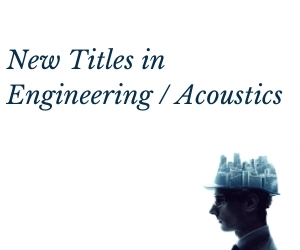System Upgrade on Tue, May 28th, 2024 at 2am (EDT)
Existing users will be able to log into the site and access content. However, E-commerce and registration of new users may not be available for up to 12 hours.For online purchase, please visit us again. Contact us at customercare@wspc.com for any enquiries.
The book presents an extended version of the lecture course on the theory of nuclear reactions that has been given by the author for some years in Kiev State University. An account is given of the nonrelativistic nuclear reaction theory. The R — matrix description of nuclear reactions is considered and the dispersion method is formulated. Mechanisms of nuclear reactions and their relationship are studied in detail. Attention is paid to nuclear reactions involving the compound nuclear formation and to direct nuclear processes. The optical model, the diffraction approach and high — energy diffraction nuclear processes involving composite particles are discussed. It also deals with some problems treated only in special journal papers.
Contents:
- General Description of Nuclear Reactions:
- Kinematics and Conservation laws
- Collision Matrix
- Collision Matrix in the Case of Spin-Possessing Particles
- Polarization Phenomena in Nuclear Reactions
- R-Matrix Theory of Nuclear Reactions:
- Conditions for the Wave Function on the Interaction Region Boundary and the Collision Matrix
- R-Function
- R-Matrix
- R-Function Description of Particle Interactions
- Compound-Nucleus Reactions:
- Compound Nucleus
- Resonance Nuclear Processes
- Resonance Neutron-Nucleus
- Average Values and Fluctuations of the Cross-Sections
- Nuclear Reactions Accompanied by the Compound Nucleus Formation in Continuum
- Optical Model and Diffraction Phenomena:
- Low-Energy Optical Model
- Complex Optical Potential
- Nucleon-Nucleus Diffraction Scattering
- Deuteron-Nucleus Diffraction Interaction
- Direct Nuclear Reactions:
- Stripping Reactions (d,p) and (d,n)
- Direct Inelastic Scattering and Knockout of Nucleons
- Three-Particle Nuclear Reactions
- Dispersion Theory of Direct Nuclear Reactions
- Multiple Diffraction Scattering:
- High-Energy Diffraction Nuclear Reactions
- High-Energy Nucleon-Nucleus Scattering
Readership: Nuclear physicists and nuclear power engineers.























